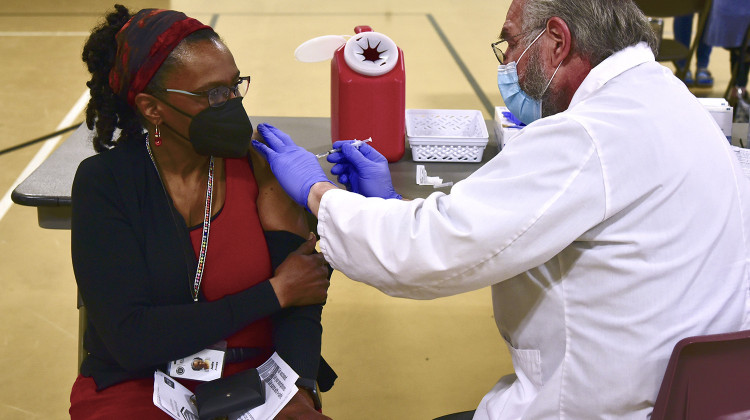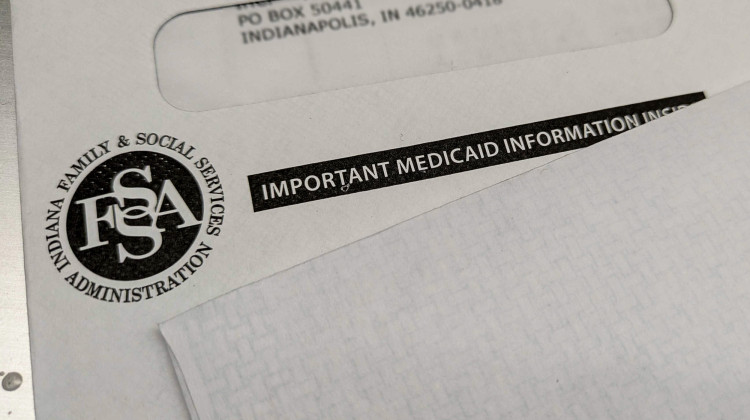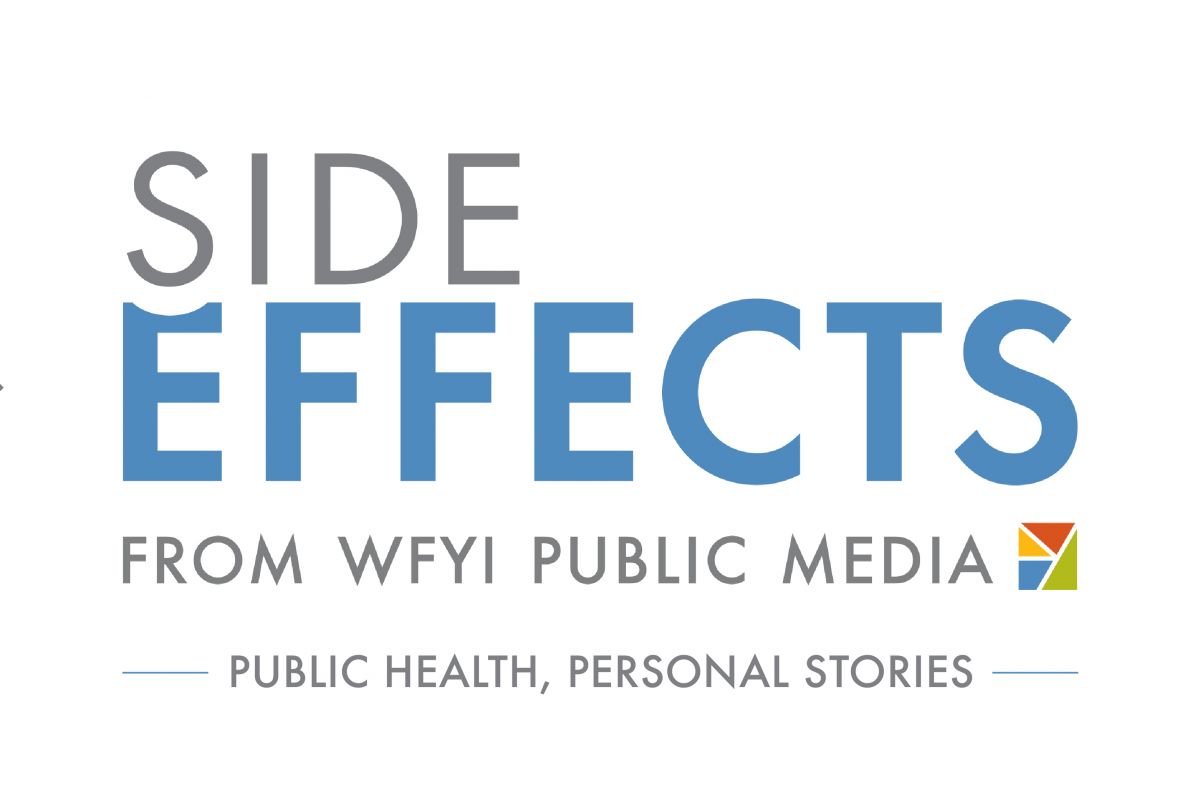
Where should you sit on a plane to reduce the risk of exposure to germs spread by infectious passengers?
skaman306/Getty ImagesMichaeleen Doucleff & Pien Huang, NPR
Updated on March 6 at 3:45 p.m.
It's the season for colds and flus — and a newly identified respiratory disease, COVID-19.
To cut your risk of catching a respiratory illness on your next flight, experts offer two pieces of common-sense advice: Wash your hands frequently and keep a distance from people who are sick.
Where to sit to prevent getting sick
A 2018 study suggests that to minimize contact with other passengers, you should pick a window seat and stay put.
Vicki Hertzberg, a biostatistician at Emory University, co-led the study on flights and disease transmission with scientists at Boeing.
"The window seats are a little less risky than the aisle seats," Hertzberg says.
Statistically, people in window seats come into contact with fewer passengers because they leave their seats less often than those sitting near the aisle. And they are a few more feet from the action in the aisle, where passersby could be coughing, sneezing and spreading germs.
Though really, the best place to sit is away from any passenger who's coughing or sneezing.
"There was a perimeter around the person with increased risk," Hertzberg says. "Everywhere else, the risk of getting sick was minimal."
The size of the "transmission zone" depends on the specific pathogen and how it transmits.
For instance, there's a chance you could catch tuberculosis when you sit within two rows of someone infected with TB and the flight is longer than eight hours.
And for SARS, a coronavirus outbreak from 2002-2003, that transmission zone likely extended to at least three rows around the sick passenger.
Like the flu, the new coronavirus seems to spread mainly through close contact and respiratory droplets. The CDC recommends keeping a distance of about six feet from anyone who's been diagnosed with the flu or the new coronavirus. So if a person is coughing right next to you and the plane isn't packed, maybe just ask for another seat.
Wash Your Hands. And Wash Them Again
It's important to wash your hands frequently with soap and water — that can get rid of pathogens. But even on the way back to your seat, from a soap-lathering trip to the loo, "one may be touching doors, doorknobs, seats along the way," says Dr. Lin Chen, president of the International Society of Travel Medicine and director of the travel medicine center at Mount Auburn Hospital. Chen says it's still a good idea to use hand sanitizer at your seat before eating pretzels or sweeping hair from your face.
Also, drink lots of water — especially on longer flights. In-flight air has low humidity, and it dries out the mucous membranes in the nose, making them less protective against infections, says Dr. Mark Gendreau, who specializes in aviation medicine at Lahey Medical Center in Peabody, Mass.
Put Your Tray Table In The Wipe-Down Position
Airline sanitization is also something to consider. Some airlines are stepping up their cleaning game. American Airlines says they're conducting a "more thorough cleaning of all hard surfaces." Alaska Airlines says that, since March 2, they've been "enhancing" their aircraft cleaning between flights. For planes whose schedules allow, the cleaning policy now includes seats, overhead air vents, bathroom door handles, window shades and luggage compartment handles.
Flights often turn around quickly, which could lead to possible lapses in the cleaning process. Chen suggests bringing alcohol wipes to clean the areas you personally touch — including your seatbelt, tray table, and armrests. In a pinch, squeezing hand sanitizer onto a tissue and wiping down your armrest would probably work, she says.
"We really don't have data about how long the coronavirus survives on surfaces," Chen says. Other coronaviruses can last for a few hours or a few days on different materials, so for the time being, "it's best to be more cautious," she says.
How to prevent others from getting sick
If you're sick with a respiratory illness, wearing a mask and opening the overhead vent could help prevent transmission.
"When you cough or sneeze, you're ejecting fine particles," Hertzberg says. "Other people near you can inhale them. They can get them on their hands. They can land on their tray tables."
Masks, she says, should be worn by people who are infectious to catch droplets from their noses and mouths. If you don't have a mask, the World Health Organization recommends covering coughs and sneezes with tissues or flexed elbows.
If you're infectious, turning on the controllable, overhead air vents — called "gaspers" — can also help contain your germs. Hertzberg says the strong force of air attracts other air into it. "You're sneezing into that draft of air, and it just immediately sucks it down to the floor," she says.
Even though you probably won't get sick from the plane, there are additional precautions you can take
Really, Hertzberg says, the risk of getting a respiratory infection from a plane is low. "There are very few reports of infectious disease being transmitted on airplanes," she says.
In the course of her research, Hertzberg's team took more than 200 environmental swabs on 10 transcontinental U.S. flights and didn't find a single respiratory virus in the sample (though there was plenty of bacteria).
The air on planes is cleaned with high-efficiency filters, and the circulation system constantly brings in fresh air. "In some aspects, the air on a plane is cleaner than what's going on in your office buildings," Hertzberg says.
In 2004, the Environmental Protection Agency found high levels of fecal bacteria in the drinking water of 15 of the 327 planes it tested. Then in 2009, the agency set forth new guidelines for airlines to test their water. Now the EPA says that water on the airplane is safe to drink if you don't have a suppressed immune system.
But Gendreau still wouldn't risk it. He wouldn't even brush his teeth with the water in an airplane bathroom. "I use bottled water," he says.
9(MDI4ODU1ODA1MDE0ODA3MTMyMDY2MTJiNQ000))
 DONATE
DONATE






 View More Articles
View More Articles




 Support WFYI. We can't do it without you.
Support WFYI. We can't do it without you.